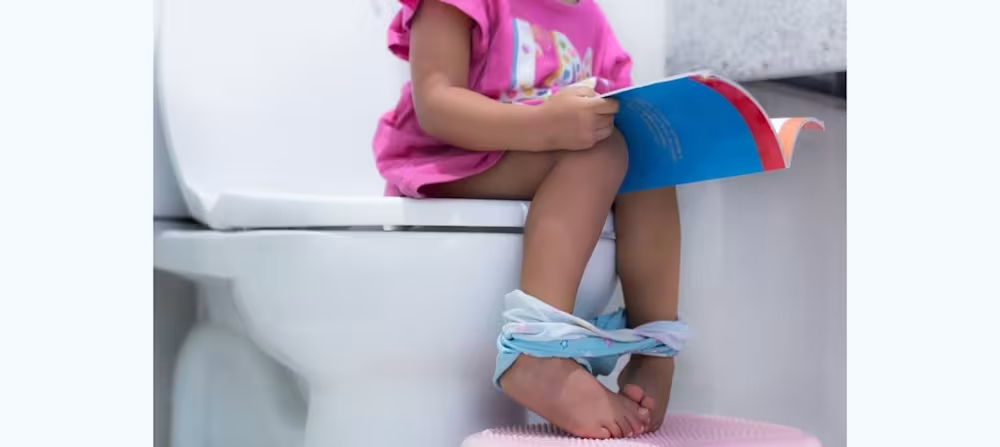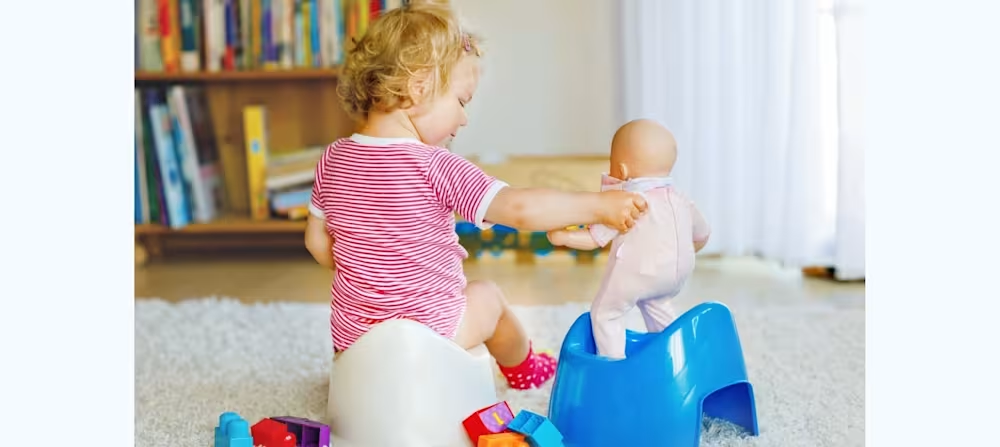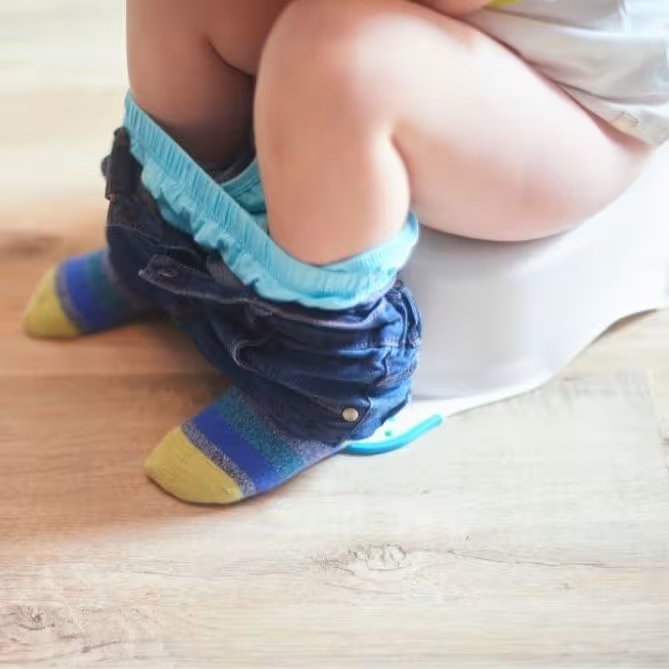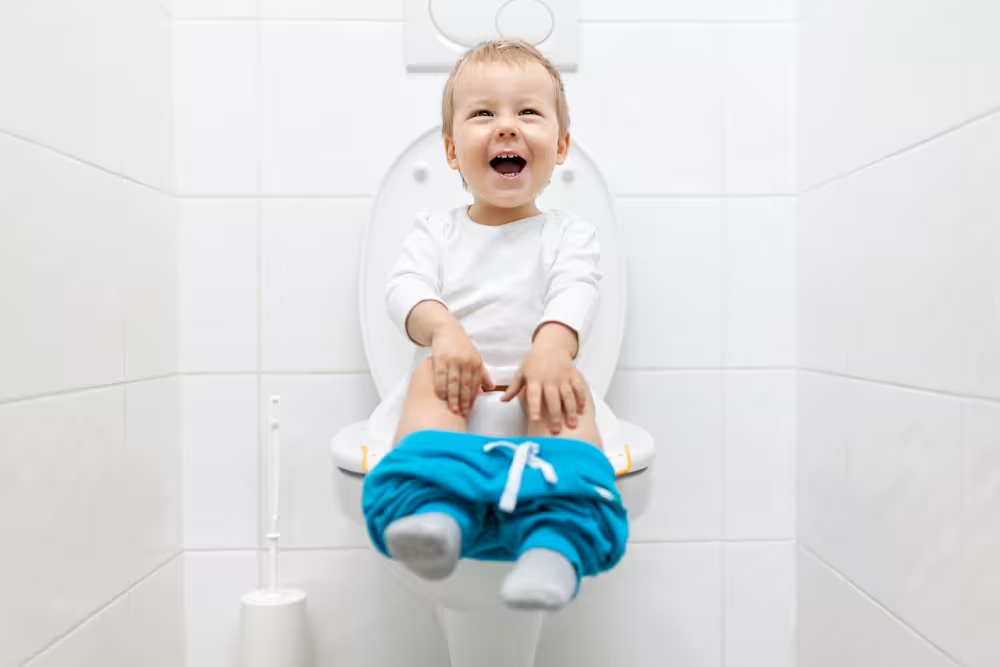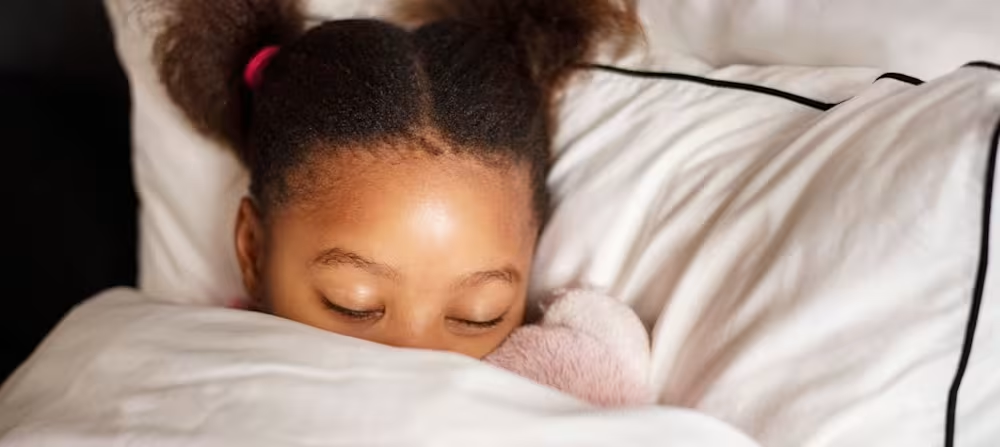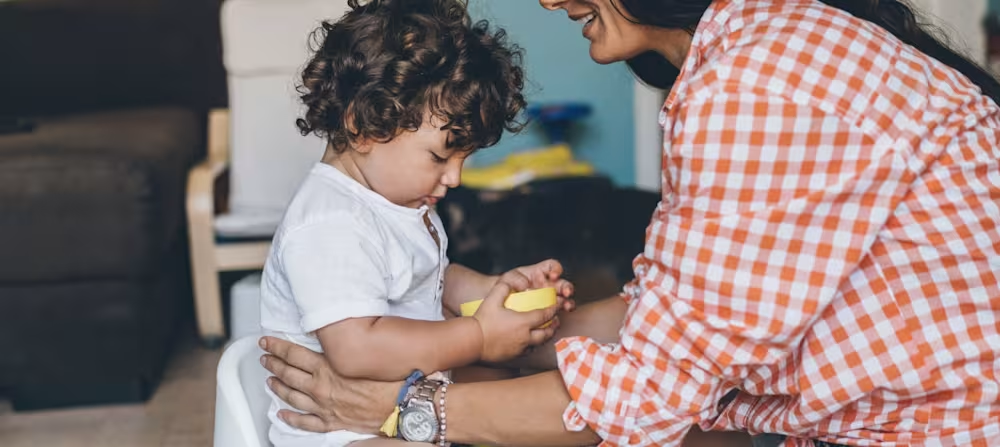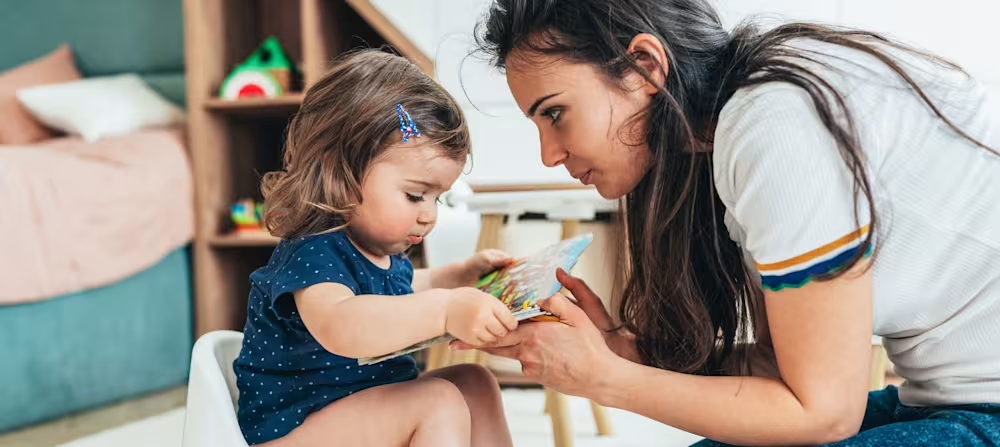Potty training: When and how to potty train boys and girls
Updated Oct 17, 2025

Looking for potty training help? You're in the right place! The potty training process is often a daunting milestone for parents to enter with their toddlers. But it doesn’t have to be! Every child and family are different, and it’s OK to pick and choose which strategies work for you both and customize your child’s potty training experience to them.
Editor's note
Making potty training positive, fun, and empowering will help this journey to go more smoothly. And when it doesn’t, you’re not alone — we’re here to help!
Consistency and commitment are the two most important aspects of toilet training. Setting clear boundaries that all pee and poop now belong in the potty will help your child to understand clearly what is expected of them — and believe it or not, they‘ll likely catch on quickly!
Signs that it’s time to start potty training for kids
The best age to begin potty training for a typical child is right around their 2-year birthday. At this age, children are often young enough to be willing to learn this new skill without power struggles, but old enough for their bodies to have developed biologically. Of course, for children who were born early, or who have developmental delays/disabilities, please go by their adjusted age for development.
Is your child ready?
There are several classic signs that show , and they can be broken down into two categories: developmental signs and potty-specific signs.
Developmental signs:
Basic communication skills (can be either verbal or non-verbal)
An ability to understand and follow basic directions
Mimicking the actions of adults
An eagerness to please others
Strong gross motor skills like sitting, walking independently, and standing (fine motor skills like dressing/undressing can be developed later)
Potty-specific signs:
A general interest in the bathroom and toilet
Staying dry for longer periods of time throughout the day
Waking up dry
Asking for a diaper change
Hiding to poop
Your child may exhibit several or all of these readiness signs, or they may never show any obvious signs. If that’s the case, don’t worry! If your child is at least 2 years old, you can jump in and take the lead by teaching them the tools that they’ll need to successfully complete this milestone.
Are you ready?
It’s also important to check in with yourself and be sure that you are properly equipped for this new transition — and that the timing is right for your family as a whole.
Avoid starting potty training around times of major changes such as having a new baby, moving to a new house, starting school for the first time, etc. It’s best to leave about a 2-month buffer period between the other major change and the potty training.
Here are a few other helpful tips to make sure you’re ready to commit to potty training:
Read up. Figure out what method is best for you, your toddler, and your lifestyle. Remember, there is no one-size-fits-all approach!
Be realistic. Keep your expectations realistic. Potty training looks different for everyone, and unfortunately you never quite know how it will go until you get started. That said, prepare yourself for lots of accidents (which are an important part of the learning process), and you’ll be pleasantly surprised by the successes.
Get your support system on board. Keep your closest loved ones in the loop about what’s going on and how things are progressing. Extra support can help exponentially!
Plan fun activities. Prepare several fun at-home activities for you and your toddler to make these next few days fun — and busy.
Potty training methods
There are many different methods for potty training, although most fall into the broader categories below. For more specific strategies, see our article devoted to .

Child-oriented
In a child-oriented potty training approach, parents will mostly follow the lead of the child, sometimes to the extent of waiting for them to initiate the process themselves. This will happen on the child’s timeline and typically results in children being potty trained much later (3 years old and up).
Parent-led
In a parent-led approach, the parent or caregiver will watch for signs of readiness and then be the one to guide the child through the process. This will happen more on the parent’s timeline than on the child’s and typically occurs closer to the recommended age of starting potty training (2 years) or much later, when the child needs to be potty trained for some societal requirement (such as starting school).
Fast track
This is one of the most common modern-day methods. It can be referred to as “potty training bootcamp,” “3-day potty training,” or “weekend potty training.” The foundational concepts of potty training are introduced in one condensed timeframe, typically between 1 and 3 days.
In a nutshell:
the family will stay home for a certain period of time
diapers are removed cold turkey (with the exception of sleep periods)
the child is given a lot to drink
the child is taken to sit on the potty every few minutes
This approach tends to be effective for a wide variety of ages and personality types and fits well with busy parents’ lifestyles. But keep in mind: Even though the initial process is executed within a few days’ time, it can still take a child several weeks to be considered fully potty trained.
Gradual
Some families choose to introduce potty use over time as opposed to all at once. They may switch from diapers to Pull-Ups and have the child sit on the potty at one set time per day, gradually increasing visits to the potty until they are mostly using the potty instead of their Pull-Ups. This process can remove a lot of the stress that can sometimes accompany potty training, but it of course takes much longer for the child to become fully potty trained — typically 6 months to one year.
Potty training: Boys vs girls
You might find yourself wondering what’s the best way to potty train a boy, versus how to potty train a girl. Believe it or not, potty training often has more to do with a child’s personality and level of development than gender. That said, boys do tend to start the potty training process a little later and take slightly longer than girls. Let’s break down some of the key differences.
Potty training for boys
The most common difference between potty training boys and girls is that boys have the opportunity to stand to pee. However, that doesn’t necessarily mean that you should teach them to pee standing up right away. In fact, it will make the process much more efficient and easier for your child to understand if you have them start off with sitting for both peeing and pooping until they get a good grasp on their new potty skills and are using the potty consistently to poop in for at least several weeks.
First, sitting is much safer for your child. Most of the time, toddlers aren’t tall enough to reach the toilet bowl without standing on a step stool which adds a risk of falling. It also helps to prevent confusion. Your son won’t have to think too much about whether they need to just pee, or poop as well. Keep it as simple as possible for them at first! Lastly, it saves on some unnecessary mess. Once boys start to stand up to pee, the entire bathroom becomes a potential target!
Potty training for girls
As mentioned above, research shows that most girls potty train at a slightly younger age and take less time to master the process. But they can still have their fair share of challenges also! While boys generally only need to wipe after pooping, girls need to wipe for both pee and poop to maintain good hygiene. This will require some extra focus on learning how to properly wipe themselves to instill good habits early on. Also, when you are out and about with a girl who is potty training, it’ll be especially important to have a travel potty with you at all times, since nature pees can be a bit more challenging for girls than boys!
How to prepare for potty training
What you’ll need/supplies
Toddler potty and/or insert for the toilet
Underwear (around 12 to 15 pairs)
Flushable wipes (optional)
Furniture and mattress protection
Cleaning supplies
Rewards for potty training successes
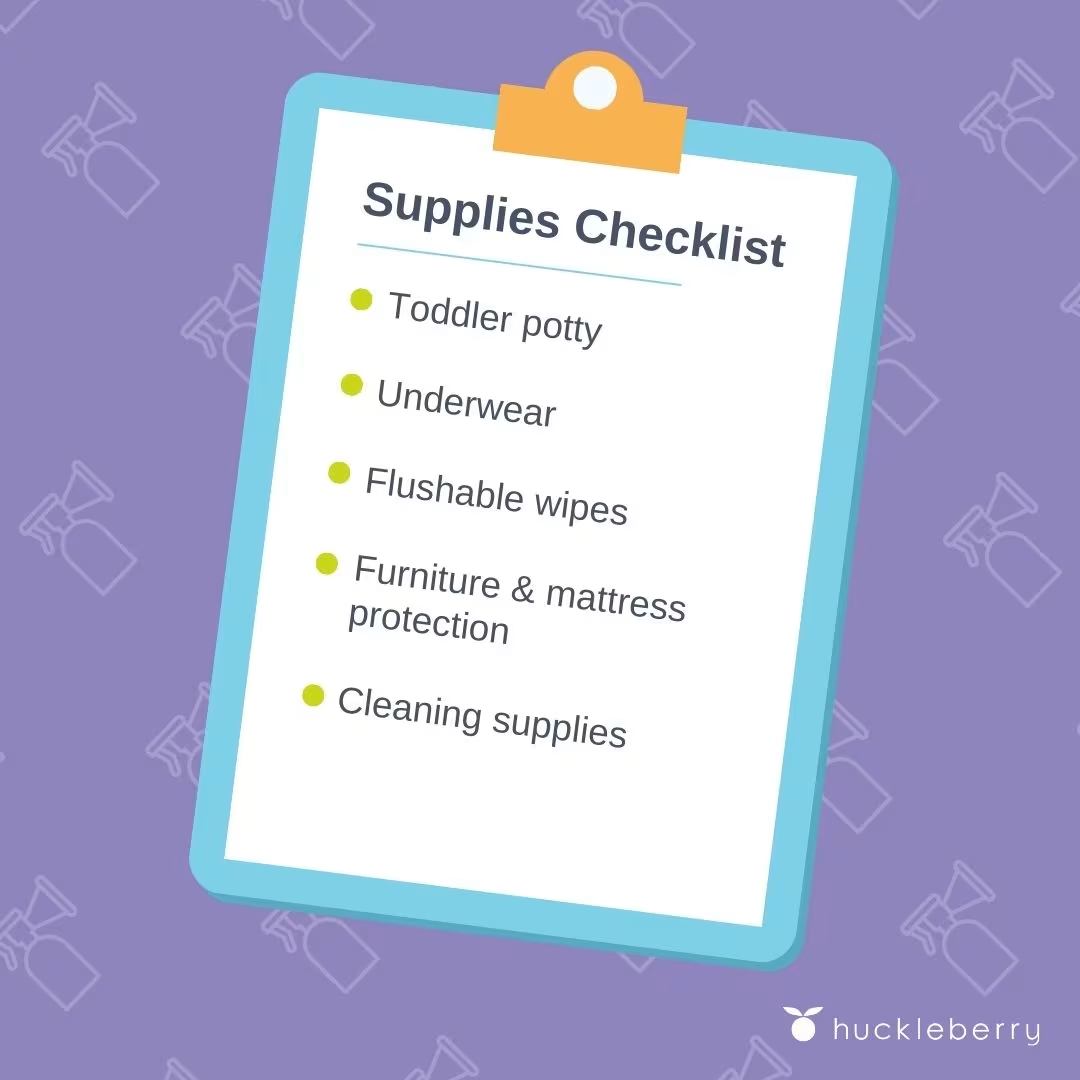
Preparing your child
Children thrive on routine and predictability. This especially applies to a big milestone like potty training! Planting the seed and offering your child every opportunity to prepare for this life transition both mentally and physically will help them to embrace the concept of potty training even before you begin.
Here are a few helpful steps to prepare your child for potty training:
Read potty books. Replace one or two books per day with a potty-themed book!
Watch potty videos. Replace a video that your child normally watches with a potty-themed show. (Pro Tip: Daniel Tiger’s Neighborhood has an entire episode dedicated to potty training. You’re welcome.)
Play. Having your child “potty train” a favorite doll/toy is a great way for them to learn the steps of the potty while allowing them to feel as though they are in control.
Start with low-pressure potty time. Have one set time each day for your kiddo to sit on the potty (whether they actually do anything or not). Early exposure is guaranteed to make the process easier when you start!
Have a countdown. Children tend to do better with transitions or change when they have advanced notice first. About 3 days before you’re ready to begin, count down the days to no more diapers with your child so they don’t feel blindsided on that first day.
Potty training steps and tips
You may not feel ready — this is normal. Sometimes it takes jumping in to gain the confidence you need to potty train your toddler. Here are some tips to keep in mind.
1. Introduce the potty as early as possible.
The earlier your child is exposed to the potty/bathroom, the less drastic and scary of a change it will be when it’s time to start potty training.
2. When you first get started, keep track of successes, not accidents.
It’s important to look for any measurable progress instead of focusing on the negatives.
3. Allow your child to be a part of choosing supplies.
Let your child choose their own potty and/or underwear. Ultimately, giving a child choices is giving them control, and this can help prevent power struggles once you get started.
4. Don’t be held hostage by potty training!
It may be tempting to stay at home when you first ditch the diapers, but it’s important for kids to get back into the routine they’re used to as quickly as possible. After the first couple of days, be sure to get out of the house so they can get experience being diaper-free places other than home, too.
Potty training regressions
When there is potty training progression, there are also regressions. Regressions are a fact of life, unfortunately.
They typically occur when there’s a big change in your child’s life that may be causing stress or an adjustment to their normal routine. When children are feeling stressed, they sometimes revert back to a time of development when they remember feeling more safe and secure. For many kids, that means when they were wearing diapers.
When a child has an accident and they are being changed by you, they often feel closeness and intimacy, which can be the extra connection they're missing during a stressful time.
In rare cases, potty training regressions can be the result of a medical issue. If you suspect that this could be the case for your child, always consult with their doctor.
See our full article on for guidelines on how to handle them.
Takeaway
Look for a combination of developmental and potty-specific signs when determining your child’s readiness for toilet training.
There are several different methods of potty training. It is important to choose one that will work well based on your child’s personality and learning style, as well as your family’s values.
Preparing your child for potty training in a fun, low-pressure way before you say goodbye to diapers will help them get on board with the process before they are expected to do or change anything themselves.
Regressions can sometimes occur during potty training as a result of emotional stress from a big change or adjustment in your child’s routine.
Potty training a boy versus potty training a girl will not look that much different. Overall personality and level of development shape the process more than gender.
Potty training FAQ
Share article:
Note: The content on this site is for informational purposes only and should not replace medical advice from your doctor, pediatrician, or medical professional. If you have questions or concerns, you should contact a medical professional.
